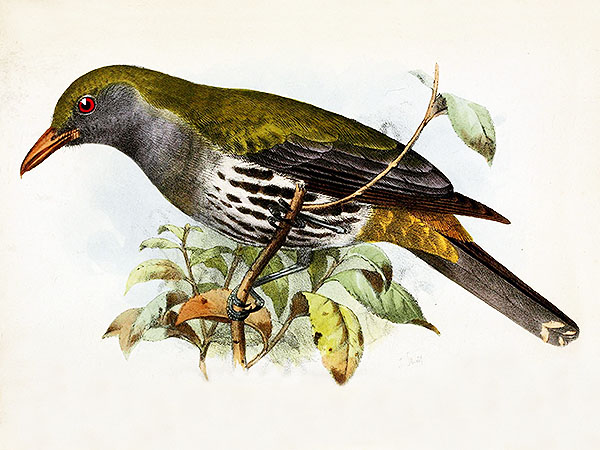Stephens Island Piopio (Turnagra capensis ssp. minor)
Stephens Island, or Takapourewa in Maori, is best known for having been the last stronghold for another extinct species of bird, the Stephens Island Wren (Traversia lyallii (Rothschild)) whose last population is widely believed to have been wiped out by a single cat.
Yet, this island was also the home of another rather unknown bird, the Stephens Island Piopio, which was a small subspecies of the South Island Piopio (Turnagra capensis (Sparrman)).
The Stephens Island Piopio was formerly so numerous on the island that “there was scarcely a bush in which at least one could be seen.” [1] However, today only 12 museum specimens are all that remains of that bird. [2]
***
The Stephens Island Piopio was for some time considered to be synonymous with the nominate form, yet it differs from that race by its much smaller size and by its rather more rufescent color. [2]
***
The small piopio disappeared for the same reason as its more famous neighbor, the Stephens Island Wren: nearly complete habitat destruction and hunting pressure by introduced feral cats.
*********************
[1] E. Lukins: Stephen Island. The French Pass and vicinity. Colonist 27 & 30 October 1894
[2] David G. Medway: Taxonomic status of the Stephens island Piopio (Turnagra capensis). Notornis 51: 231-232. 2004
*********************
edited: 03.10.2020

